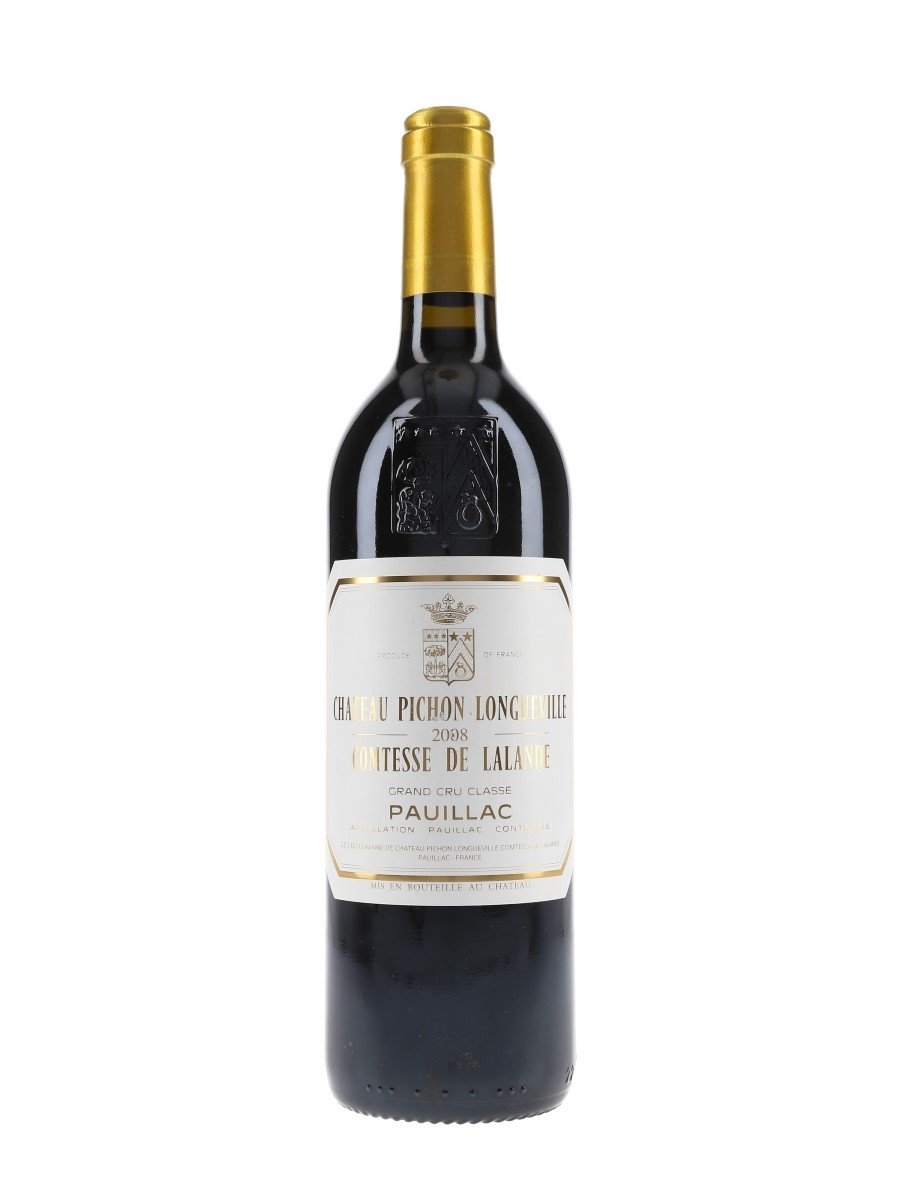
Owner and administrator of the Château Pichon Longueville Comtesse de May Eliane de Lencquesaing, the daughter of Edouard Miailhe, became the Edouard and Louis Miailhe, descendants of an old Bordeaux family of Vineyard owners and wine dealers, bought the Château Pichon Longueville Comtesse de Lalande in 1925. In 1855 the Chateau Pichon Longueville Comtesse de Lalande acquired the status of Second Cru Classé. Her passion for vines and the quality of her management made her a strong personality in the Médoc in the last century, leaving her mark on the domain that has kept her name. From then on the lands of Pichon Longueville would have two very different futures.Īnticipating this indivision, Virginie married Count Henri de Lalande,Īnd took over the control of the domain, the Count giving her independence and the title of Comtesse de Lalande. After a period of several years during which the property was administered by the Baron Raoul de Pichon Longueville, the rupture was effective. The Baron Joseph de Pichon Longueville’s children Raoul and Virginie inherited the property.

Thus began the history of one of the greatest Bordeaux vineyards. Thérèse, the founder's daughter, received it as dowry when she married Jacques de Pichon Longueville, the first President of the Parlement de Bordeaux. Rauzan, a great name in the history of Bordeaux wine. The archives record the creation of a property by Pierre de Mazure de At least a decade of cellaring is required before the wines should be approached. In the best years, it is one of the most exotic and voluptuously scented wines of the Médoc. Pichon-Longueville Lalande is not as powerful or as tannic as some its Pauillac neighbours and this is mainly because of its relatively high Merlot content. The wine is fermented in stainless steel cuvées and then matured in oak barriques (50% new) for 18 months. Located in the east of the Pauillac appellation, the vineyards ( Cabernet Sauvignon 45%, Merlot 35%, Cabernet Franc 12%, Petit Verdot 8%) lie on deep gravel beds underpinned by clay and then sandstone and limestone (part of these vineyards actually reside in the St-Julien appellation). Pichon-Longueville Lalande is a 75-hectare property that produces on average 36,000 cases per year. James Laubé of the Wine Spectator baptised Château Pichon Longueville Comtesse de Lalande, "A First Class Second Cru", a most fitting tribute. The wine is seductive when young without prejudicing its longevity. In the palate, the tannins appear mature and melted, revealing a strong and affirmed structure, a surprising suppleness, perfect harmony and long persistency. The nose is distinguished by a bouquet of aromas, mixing blackcurrant and violet, vanilla and cinnamon.

Complexity, elegance and longevity are the hallmarks of this race, they are found every year during the creation of the vintages. The unique encepagement and the twelve hectares of vines situated on the soils of St Julien endow the wines of Château Pichon Longueville Comtesse de Lalande with an exceptional personality compared with the other crus of the Pauillac appellation.

Since the end of the 1970's, the reputation of Chateau Pichon Longueville Comtesse de Lalande has acquired the status of a "super second" and a "nearly first", in light of the consistency of its quality. The variety of parcels of land, due to the elements of the earth and their encepagement explains the complexity of the personality of the wines of Pichon. Château Pichon Longueville de Lalande is ideally situated between the Gironde estuary and the Atlantic Ocean.


 0 kommentar(er)
0 kommentar(er)
